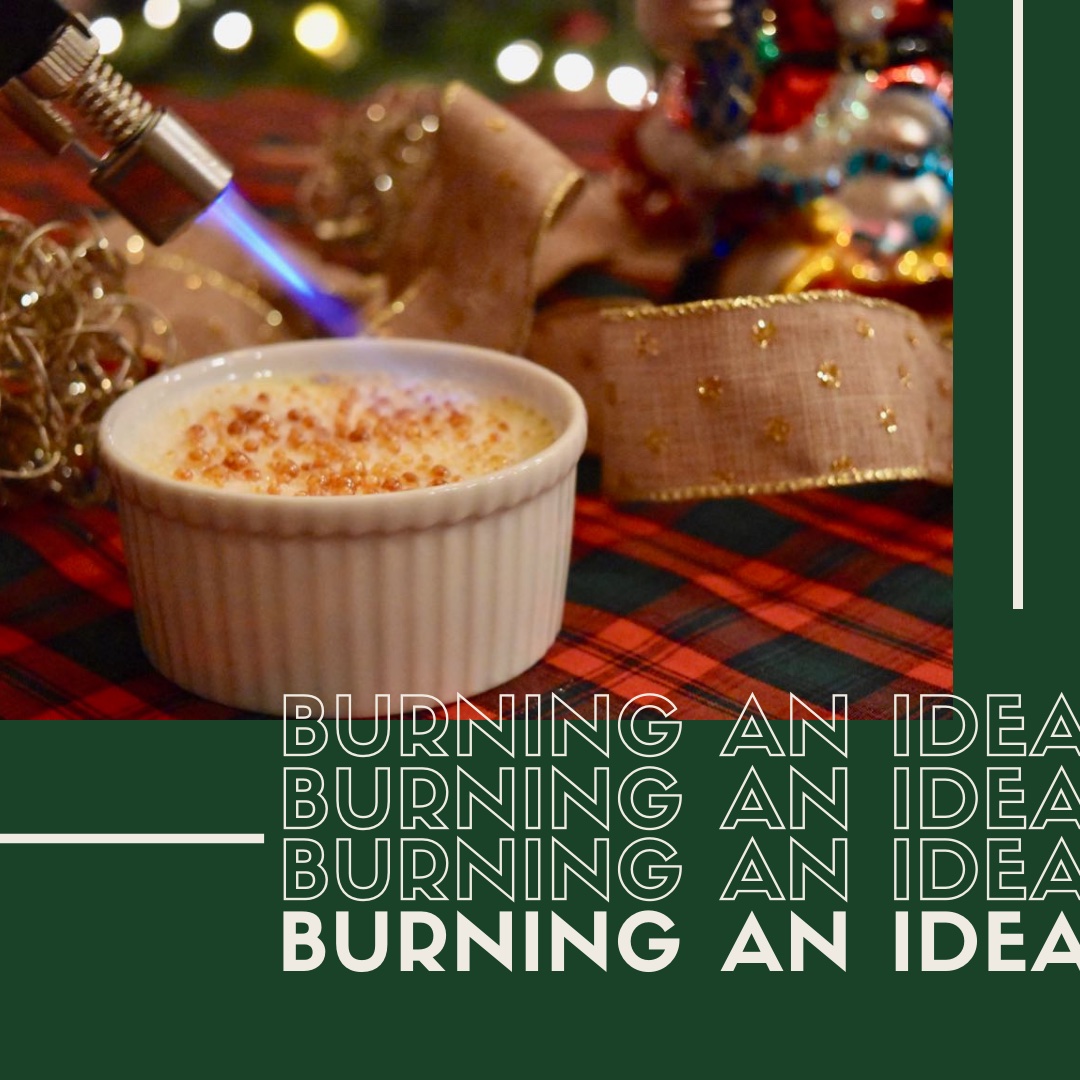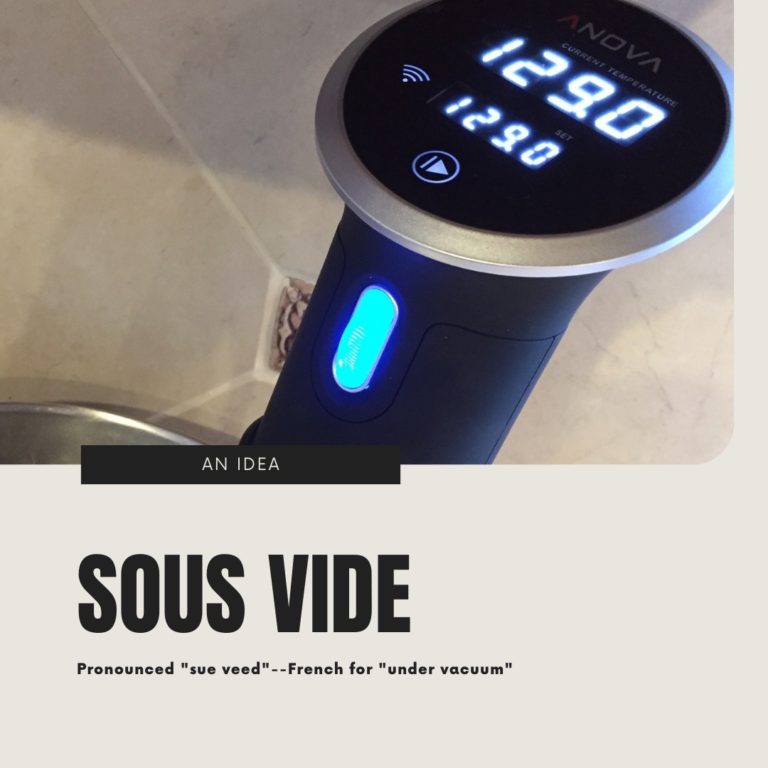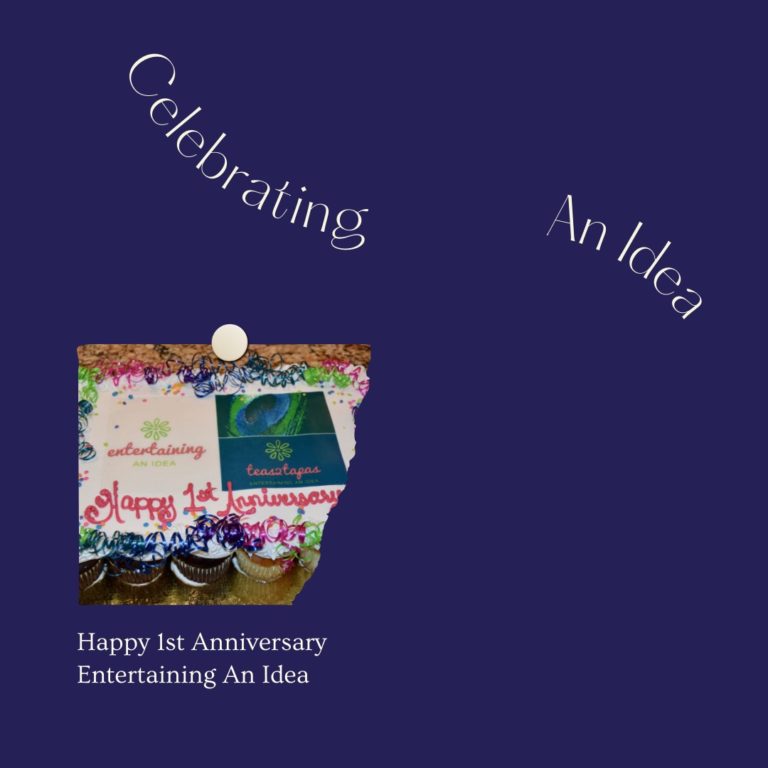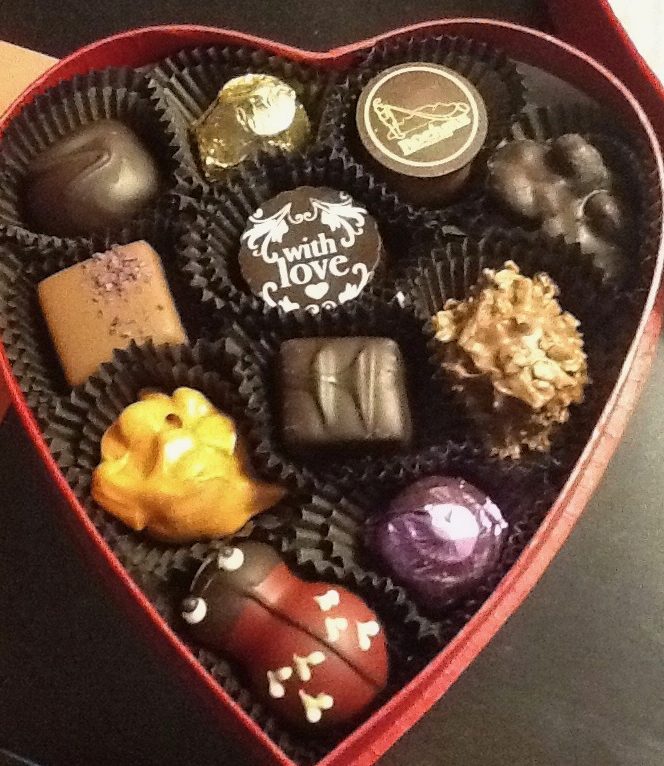I think that some of the most dramatic (and fun) things to serve are torched.
(No, I am not referring to “burned offerings” which would NEVER come from YOUR kitchen.)
I am talking about those dazzling and delightful treasures brought table-side and then flambeed like Cherries Jubilee and Bananas Foster. Or, how about that understated but ever so decadent Creme Brulee, with crackly sweet caramelized sugar on top, (using an actual torch).
They seem like such extravagant things to order when you have them in a restaurant, (and the prices would confirm that impression), but when you learn a few simple techniques, the same dishes can be fun and affordable when made at home.
The term “flamb” is a French word which means “flaming” or “flamed”. It is done by topping food with alcohol and then igniting it. It is a dramatic presentation and produces a depth of flavor without adding the alcohol.
Since this is the season for festive celebrations, here are a few of my favorite torch lit recipes.
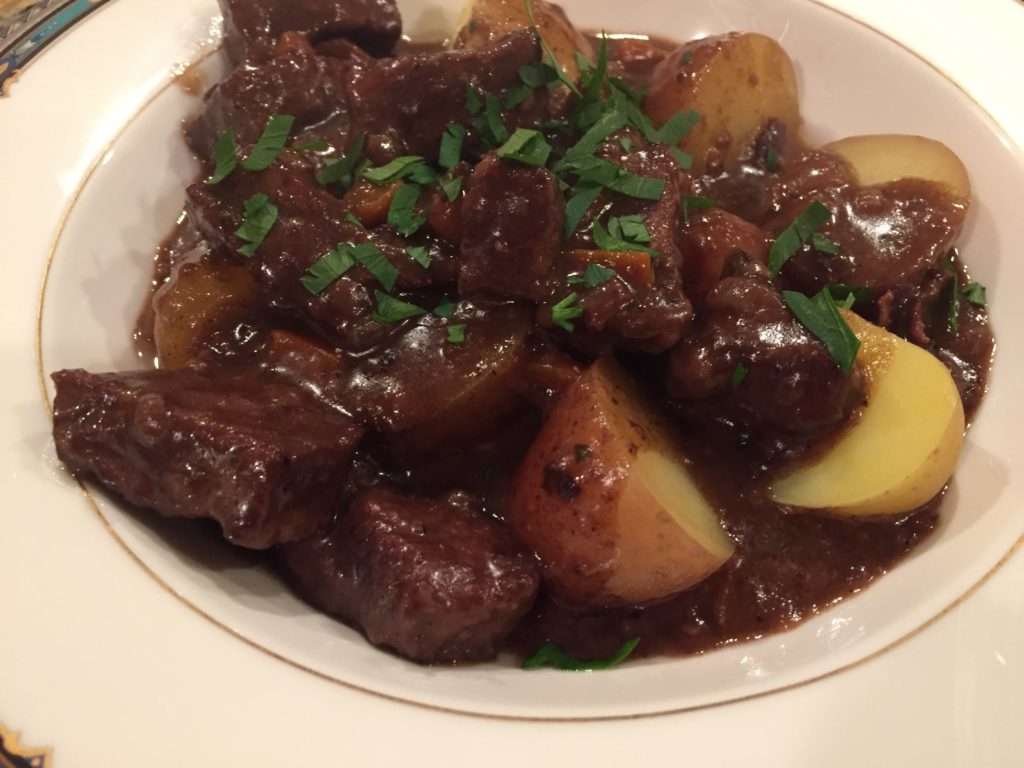
A Few Torching Tips
Beer, Champagne and most wines are not suitable for flambeing because of their low alcohol content and liquors above 120-proof are so highly flammable that they are too dangerous to use. The best alcohols to use are brandy, cognac, rum or other liquors and liqueurs which are 80-proof, (or 40% alcohol by volume).
Although you do burn off the alcohol when flambeing, the alcohol leaves some flavor behind so be sure to choose liquors or liqueurs which are complimentary to the dish you are preparing. Fruit flavored brandies work wonderfully for desserts and whisky or cognac are good choice for meat dishes.
Meats will require 1 ounce of liquor or liqueur per serving.
For desserts and fruits, sprinkle with granulated sugar before adding the warmed liquor and lighting.
If you want the flames, but do not want the liquor in a dessert, soak sugar cubes in a flavored extract. Place the cubes around the perimeter of the dish and light.
REMEMBER: If the dish doesn’t light, it is probably not hot enough.
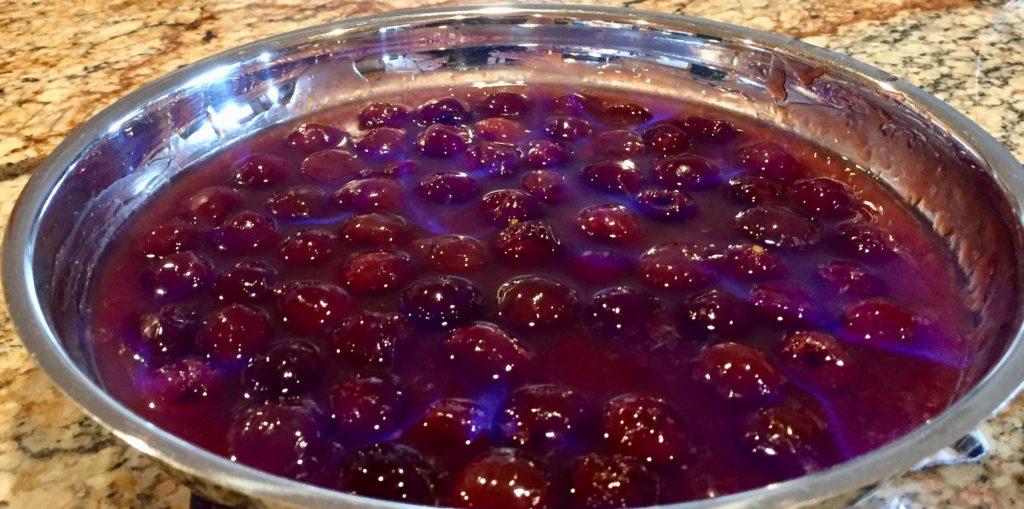
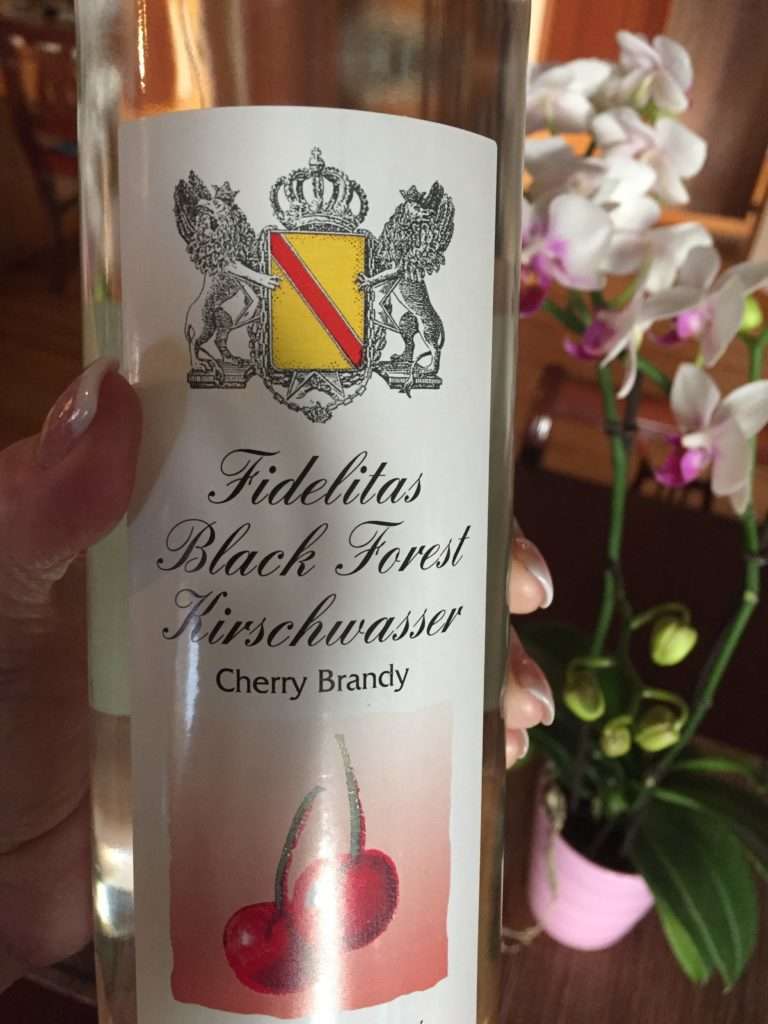
Cold liquor will not ignite so you will need to heat the alcohol. You can do this in a couple of ways.
- Heat the brandy or liquor in a saucepan with high sides, just until bubbles begin to form around the edges, (approximately 130 degrees F) before adding to the flambepan.
- Heat in a microwave by heating 30-45 seconds in a microwave-safe dish at 100 percent power.
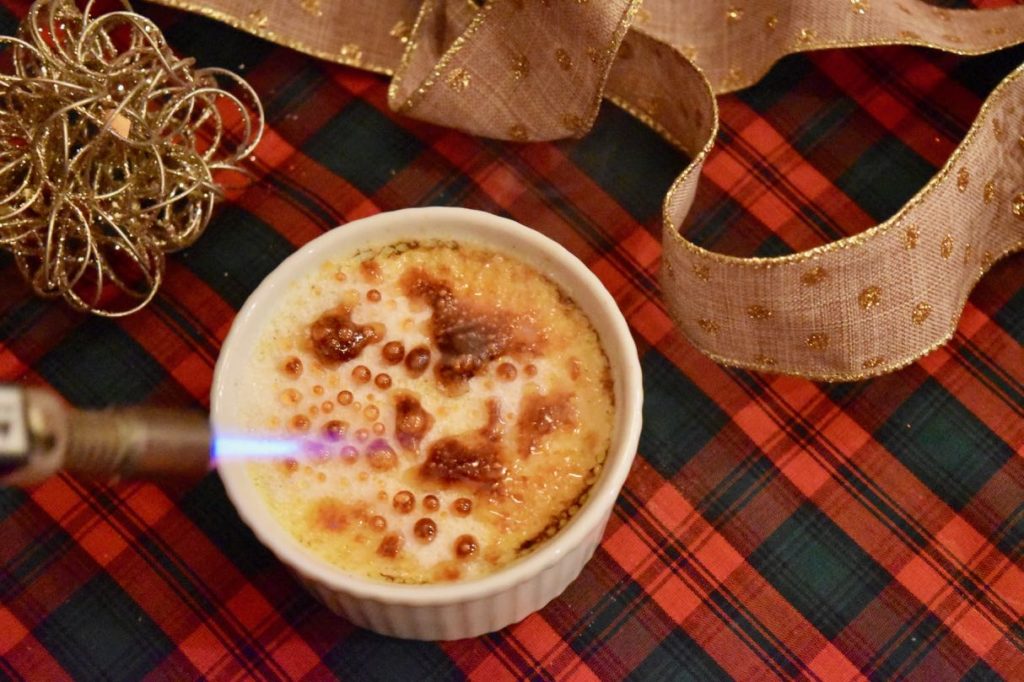
Safety First
- If you plan to light your dish in front of your guests, be sure to be a fair distance from them and any flammable objects.
- Never pour liquor from a bottle into a pan that is near an open flame! (The flame can follow the stream of alcohol into the bottle and cause it to explode).
- Always remove the pan with the hot liquor from the heat source before adding the liquor to avoid burning yourself.
- Ignite with a long match (such as fireplace matches or a long barbecue light).
- Always ignite the fumes at the edge of the pan and not the liquid itself and never lean over the dish or pan as you light the fumes.
- Serve the dish as soon as the flames disappear.
NOTE: Don’t bring the liquor to a boil because the alcohol will burn off and then won’t ignite. (The boiling point of alcohol is 175 degrees F which is lower than water which is about 212 degrees F, depending on the atmospheric pressure.)

